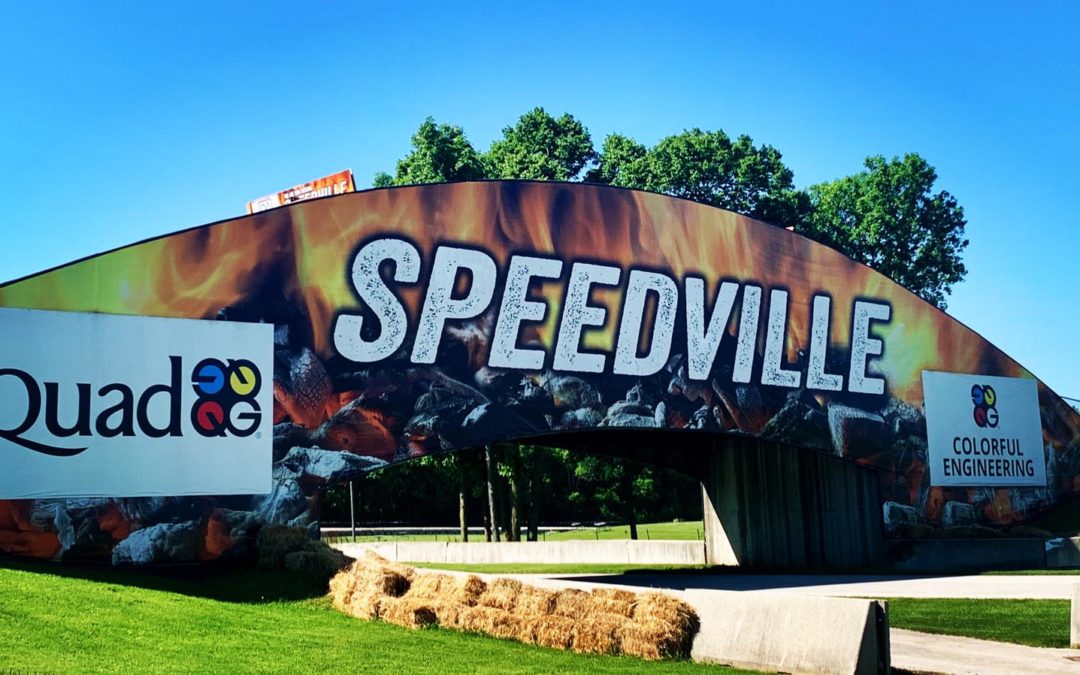This week I’ve been coaching Mazda drivers competing in the SCCA Runoffs at Road America. The weather started off a bit cold, even for fall in Wisconsin, but it has turned out to be a really gorgeous week with highs in the mid-60s. The fall foliage looks great, too!
I’ve had a really productive several days here, working with Mazda drivers in a variety of classes and skill levels. I found it interesting that there were several common themes among most of the drivers I’m working with in regard to their coaching focus. I think this information is relevant to all drivers, and I realized that they are subjects I think about a lot when I’m in a car, too! They are applicable to everyone, no matter what you’re driving, what track you’re at, or what your skill level is.
These three themes can be extremely valuable in your analysis of your driving skills:
- Carrying more speed through the corner.
Drivers often tend to over-slow the corner by not having the right amount of brake release pressure and timing. It’s so easy to stay on the brake longer than is truly necessary for the car to carry momentum through the apex of the corner. This generally stems from a driver’s eyes not looking far enough ahead. Your brain processes the information coming from where you’re looking, and the further ahead you look through a corner—even when you’re still approaching the corner—the more your brain realizes you can get off the brakes earlier and still make it through successfully. You need to be able to see the big picture that the corner presents in order to see how each point connects. By not looking far enough ahead, you don’t get all of the relevant information you need! The further ahead you look, the more time you’ll have to process the information, and the more efficiently you’ll corner.
- Getting on the throttle coming out of a corner.
I commonly see drivers getting on the throttle too soon. We can all appreciate the idea that the sooner you get on the gas, the faster you can get going down the straightaway. The caveat to this is that, generally, getting on the throttle sooner is not the most effective way to accelerate the car unless you’re on full throttle. This also ties into staying on the brake and over-slowing the entry to the corner, as mentioned above. When drivers go into a corner too slow, the next thing they want to do is get back on the gas pedal, but by getting on the throttle too soon, you’re then fighting the car as you turn into the apex. In fact, if you’re on the throttle while trying to add steering down to the apex of a corner, the weight transfer off the front is fighting the car’s ability to turn. Picking up the throttle at a more efficient point around the corner, ideally at the apex, allows your hands to start unwinding the steering wheel while adding throttle, which gives you the most efficient path back to full throttle.
- Braking efficiency.
Saving time in braking zones can make a big difference in the course of a lap. At Road America, I was able to look at drivers’ in-line G-force while braking, and I found that several drivers didn’t have the desired amount of braking force (or braking pressure) applied through several of the threshold braking zones around the track. This essentially indicates that the braking capability is not being used effectively. The best way to ensure that you’re maximizing your braking efficiency in high-speed threshold brake zones is to find your comfortable brake point and use the brakes as effectively as possible, then see where the car slows down to the correct speed for your turn-in. If you find yourself at the right corner speed well before your turn-in point, then you have the opportunity to brake later in that corner.
I hope you find these three topics useful, and that you can apply them to your own driving. By considering each of these, you will have the right foundation to become a better driver through some critical self-analysis. Whether you’re working on your own or being coached, it always helps to have a starting point!



